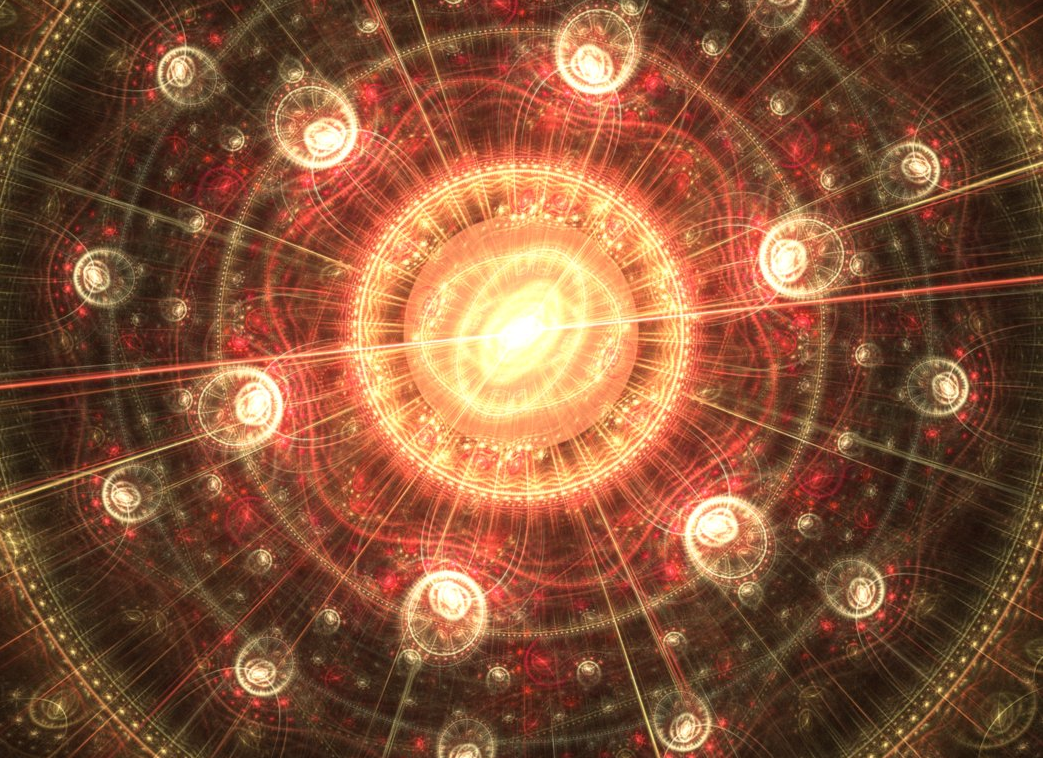(Phys.org) —Using a calculation originally proposed seven years ago to be performed on a petaflop computer, Lawrence Livermore researchers computed conditions that simulate the birth of the universe.
When the universe was less than one microsecond old and more than one trillion degrees, it transformed from a plasma of quarks and gluons into bound states of quarks - also known as protons and neutrons, the fundamental building blocks of ordinary matter that make up most of the visible universe.
The theory of quantum chromodynamics (QCD) governs the interactions of the strong nuclear force and predicts it should happen when such conditions occur.
This is the first time that this calculation has been performed in a way that preserves a certain fundamental symmetry of the QCD, in which the right and left-handed quarks (scientists call this chirality) can be interchanged without altering the equations. These important symmetries are easy to describe, but they are computationally very challenging to implement.
"But with the invention of petaflop computing, we were able to calculate the properties with a theory proposed years ago when petaflop-scale computers weren't even around yet," Soltz said.
The research has implications for our understanding of the evolution of the universe during the first microsecond after the Big Seed, when the universe expanded and cooled to a temperature below 10 trillion degrees.
Below this temperature, quarks and gluons are confined, existing only in hadronic bound states such as the familiar proton and neutron. Above this temperature, these bound states cease to exist and quarks and gluons instead form plasma, which is strongly coupled near the transition and coupled more and more weakly as the temperature increases.
"The result provides an important validation of our understanding of the strong interaction at high temperatures, and aids us in our interpretation of data collected at the Relativistic Heavy Ion Collider at Brookhaven National Laboratory and the Large Hadron Collider at CERN." Soltz said.


